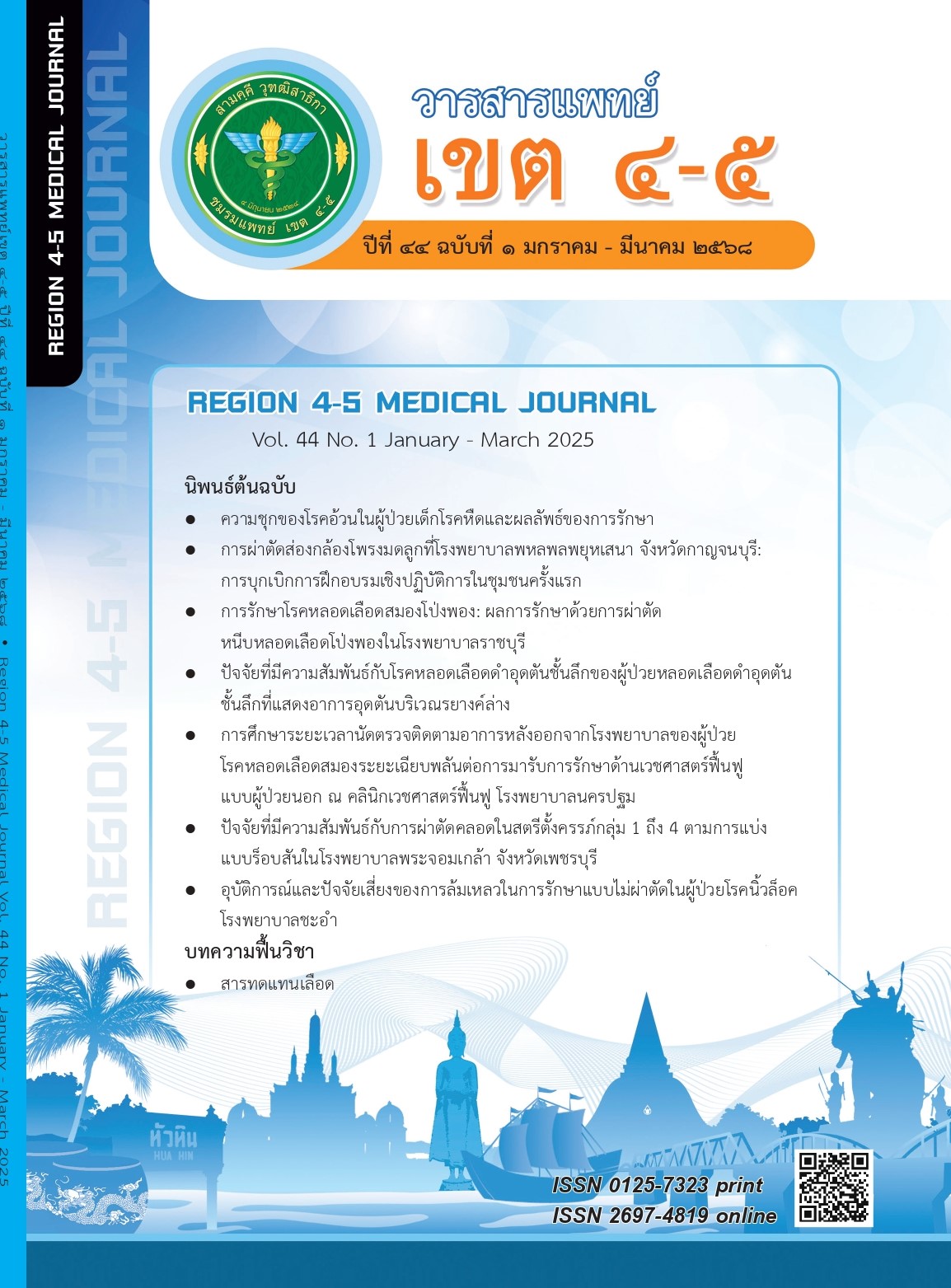Artificial Blood Substitutes
Keywords:
blood substitutes, hemoglobin based oxygen carriers, perfluorocarbonsAbstract
Blood and blood components are essential for the treatment of patients and nothing can replace them. However, with the efforts of scientists and the current advanced technology, the research on blood substitutes has expanded. Currently, there are 2 types of blood substitutes: hemoglobin-based oxygen carriers (HBOCs) and perfluorocarbons (PFCs), which have different properties but similar functions to transport oxygen from the lungs to various organs of the body to act like red blood cells in the body. However, all blood substitutes still have to wait for the results of clinical trials to assess their safety and the approval from the Food and Drug Administration for use in patients. It is expected that in the near future, blood substitutes will be developed to be as effective as donor red blood cells and can be used to save patients' lives.
References
Cherian VT. Physiological functions of blood. In: Liu H, Kaye AD, Jahr JS, editors. Blood substitutes and oxygen biotherapeutics. Cham: Springer; 2022. 33–43.
Retter A, Wyncoll D, Pearse R, et al. Guidelines on the management of anaemia and red cell transfusion in adult critically ill patients. Br J Haematol 2013;160(4):445–64. doi: 10.1111/bjh.12143.
Jahr JS, Guinn NR, Lowery DR, et al. Blood substitutes and oxygen therapeutics: a review. Anesth Analg 2021;132(1):119–29. doi: 10.1213/ANE.0000000000003957.
Warner MA, Weyand AC. The global burden of anemia. In: Liu H, Kaye AD, Jahr JS, editors. Blood substitutes and oxygen biotherapeutics. Cham: Springer; 2022. 53–9.
วรยุพา ถมปัด, พัชรา บุญประดิษฐ์, ประดับ วิเศษวุฒ, และคณะ. ปริมาณเลือดและส่วนประกอบของเลือดสำรองที่เหมาะสม ในสถานการณ์ระบาดของโรค COVID-19 สำหรับสถาบันมะเร็งแห่งชาติ. วารสารกรมการแพทย์ 2566;48(1):73–79.
Liu H, Kaye AD, Verbeek T, et al. Classifications of blood substitutes. In: Liu H, Kaye AD, Jahr JS, editors. Blood substitutes and oxygen biotherapeutics. Cham: Springer; 2022. 119–29.
Chen L, Yang Z, Liu H. Hemoglobin-based oxygen carriers: where are we now in 2023? Medicina (Kaunas) 2023;59(2):396. doi: 10.3390/medicina59020396.
Maheshwari DT, Kumar MY, Indushekar R. Mini review on artificial blood substitutes: future perspective of perfluorocarbon based oxygen carriers. Med Res Arch 2024;12(6):1–15 doi: 10.18103/mra.v12i6.5478.
Sahu SC, Simplaceanu VS, Gong Q, et al. Orientation of deoxyhemoglobin at high magnetic fields: structural insights from RDCs in solution. J Am Chem Soc 2006;128(19):6290–1 doi: 10.1021/ja060023z.
Likhitha D, Shankar M, Lalitha SK, et al. Blood substituents an overview. Blood 2016;3(4):187–92.
More AV, Sayyed SY, Morankar PG, et al. A comprehensive insight into artificial blood. IJPSR 2023;14(3):1000–11.
Waters JH, Lim JC, Blanckenberg JM, et al. HBOC-201: History, clinical trials, and path forward. In: Liu H, Kaye AD, Jahr JS, editors. Blood substitutes and oxygen biotherapeutics. Cham: Springer; 2022. 353–60.
Smani Y. Hemospan: a hemoglobin-based oxygen carrier for potential use as a blood substitute and for the potential treatment of critical limb ischemia. Curr Opin Investig Drugs 2008;9(9):1009–19.
Riess JG. Perfluorocarbon-based oxygen delivery. Artif Cells Blood Substit Immobil Biotechnol 2006;34(6):567–80. doi: 10.1080/10731190600973824.
Haque A, Scultetus AH, Arnaud F, et al. The Emulsified PFC Oxycyte® Improved Oxygen Content and Lung Injury Score in a Swine Model of Oleic Acid Lung Injury (OALI). Lung 2016;194(6):945–57. doi: 10.1007/s00408-016-9941-9.
Downloads
Published
How to Cite
Issue
Section
License

This work is licensed under a Creative Commons Attribution-NonCommercial-NoDerivatives 4.0 International License.
ลิขสิทธิ์บทความเป็นของผู้เขียนบทความ แต่หากผลงานของท่านได้รับการพิจารณาตีพิมพ์ลงวารสารแพทย์เขต 4-5 จะคงไว้ซึ่งสิทธิ์ในการตีพิมพ์ครั้งแรกด้วยเหตุที่บทความจะปรากฎในวารสารที่เข้าถึงได้ จึงอนุญาตให้นำบทความในวารสารไปใช้ประโยชน์ได้ในเชิงวิชาการโดยจำเป็นต้องมีการอ้างอิงถึงชื่อวารสารอย่างถูกต้อง แต่ไม่อนุญาตให้นำไปใช้ในเชิงพาณิชย์




